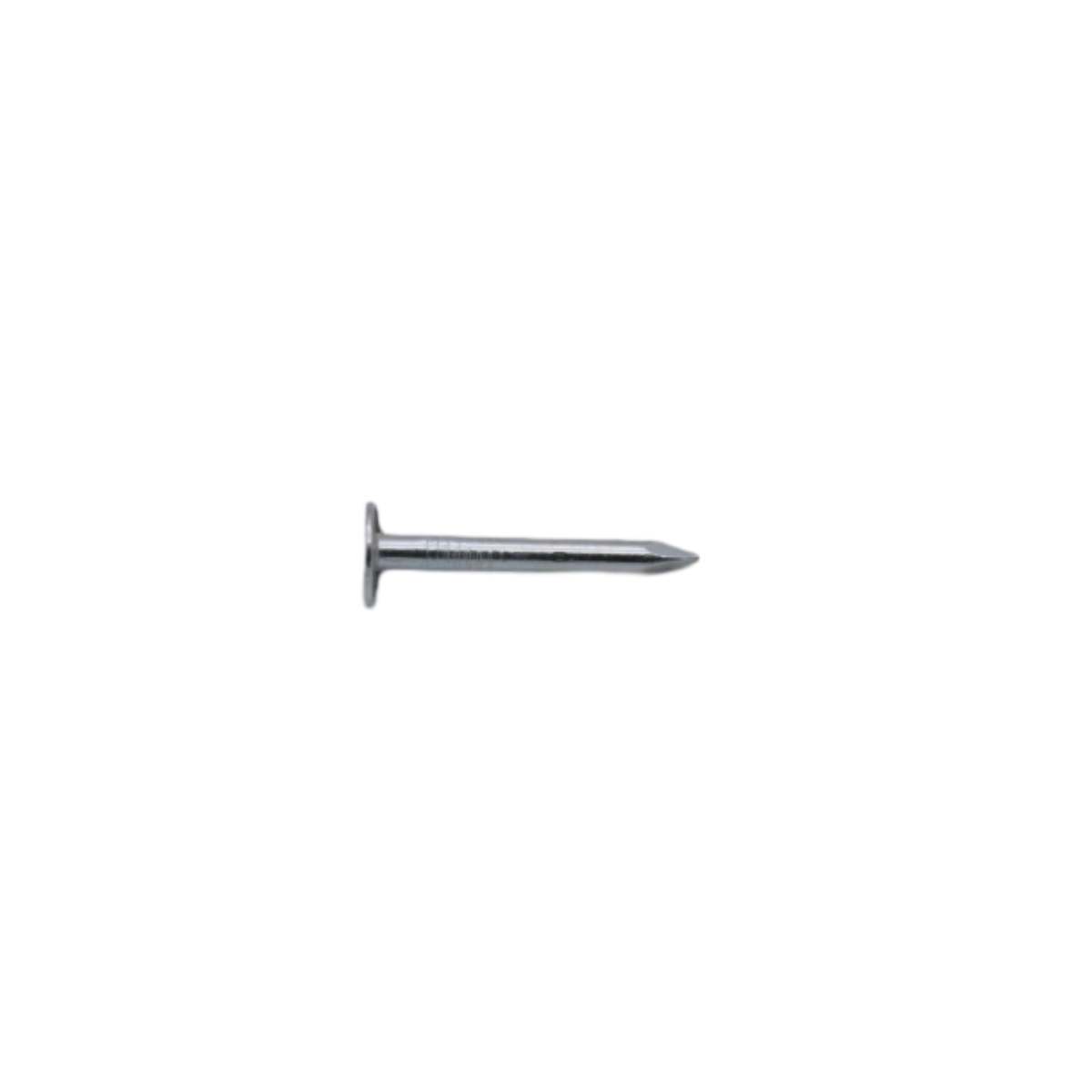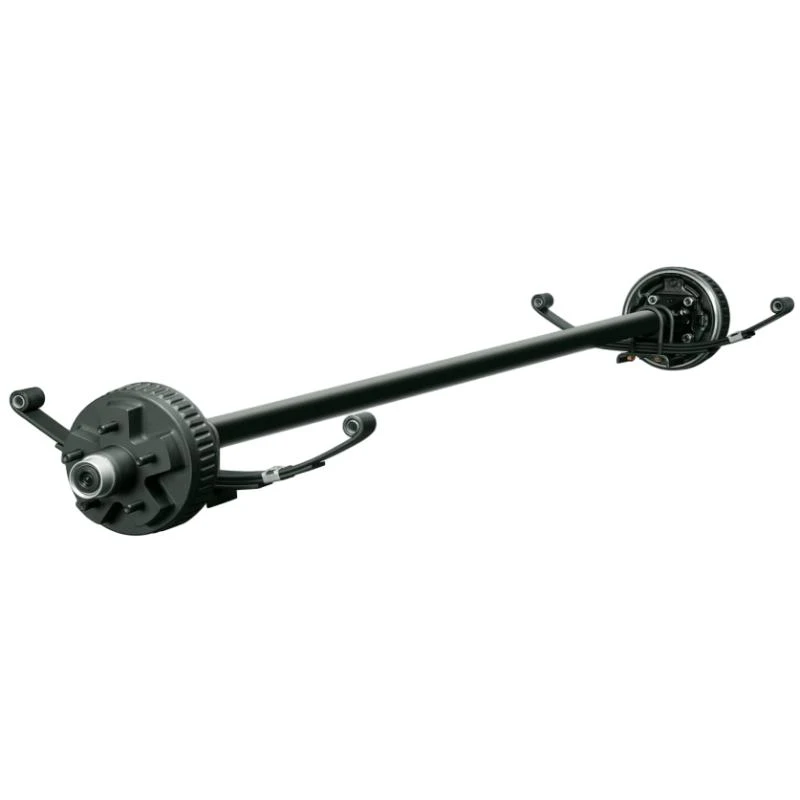Exploring the Versatility and Applications of Wire Mesh Netting in Various Industries and Settings
Jul . 27, 2024 14:02
The Versatility and Applications of Wire Mesh Netting
Wire mesh netting, often referred to simply as wire netting, is a versatile and indispensable material in various industries. This product generally consists of woven or welded wire strands that create a network of openings. These openings can vary in size, shape, and pattern, making wire mesh netting suitable for a wide array of applications, from construction and agriculture to manufacturing and fencing.
One of the primary features of wire mesh netting is its durability. Made from materials like galvanized steel, stainless steel, or PVC-coated wire, it offers excellent resistance to corrosion and wear. This resilience makes it a favored choice in outdoor applications, such as fencing for gardens and agricultural fields, where it can withstand environmental factors while protecting crops from pests and animals.
In construction, wire mesh netting plays a critical role in reinforcing concrete structures. It is often used in slabs, walls, and other structural elements to improve tensile strength and reduce cracking. By distributing loads evenly, this structure ensures longevity and safety in buildings. Furthermore, its lightweight nature makes it easy to handle and install, proving advantageous for construction projects of all sizes.
Wire mesh netting is also popularly utilized in the field of industrial manufacturing. It can serve as a safety barrier to protect workers from hazardous areas, machinery, and equipment. Moreover, it can be used in the production of filters and sieves for separating various materials, which is essential in industries such as food processing, pharmaceuticals, and chemicals. The mesh's ability to promote airflow and drainage makes it an ideal choice for environments requiring filtration systems.
wire mesh netting

Another important application of wire mesh netting is in the agricultural sector. Farmers use it extensively for livestock containment and protection against predators. In aquaculture, wire mesh is used to create enclosures that protect fish from larger predators while facilitating proper water circulation. Furthermore, it can be fashioned into trellises or plant support structures, allowing crops like tomatoes and cucumbers to grow effectively and productively.
In addition to the above applications, wire mesh netting is commonly found in residential settings. Homeowners utilize it for garden fencing, storage solutions like wire shelves, and even as insect screens. With its ability to provide visibility while maintaining security, it has become a popular choice for window and patio screens, allowing fresh air to circulate while keeping unwanted pests at bay.
Beyond its functional uses, wire mesh netting also offers aesthetic opportunities. Many designers and architects incorporate it into modern construction and artistic installations, taking advantage of its unique textures and transparent qualities. It can be used in decorative applications, creating visually appealing facades or distinctive interior designs that blend industrial elements with modern aesthetics.
In conclusion, wire mesh netting is a versatile and functional material that plays a significant role across multiple industries. Its durability, adaptability, and wide range of applications—from construction and agriculture to manufacturing and aesthetic uses—make it an essential product. As technology advances and new materials are developed, the potential for wire mesh netting continues to evolve, promising even more innovative uses in the future. Whether for practical purposes or creative design, it remains a staple in both industrial and residential settings. As our needs expand, so too does the role of this remarkable material, solidifying its importance in our daily lives.




















